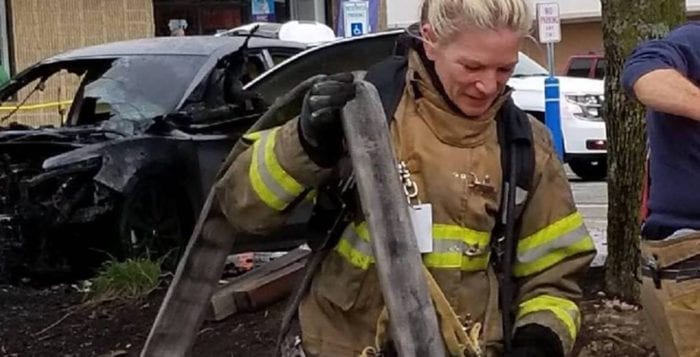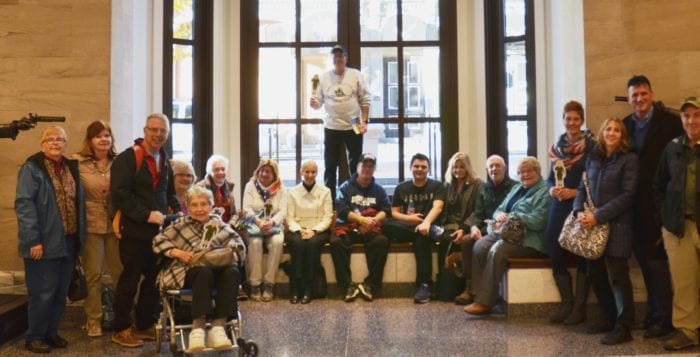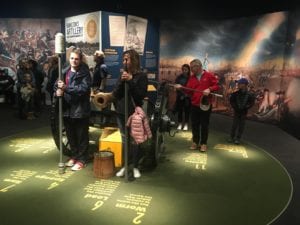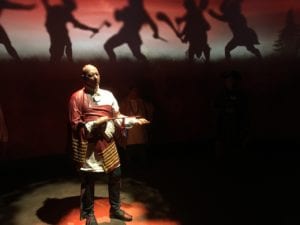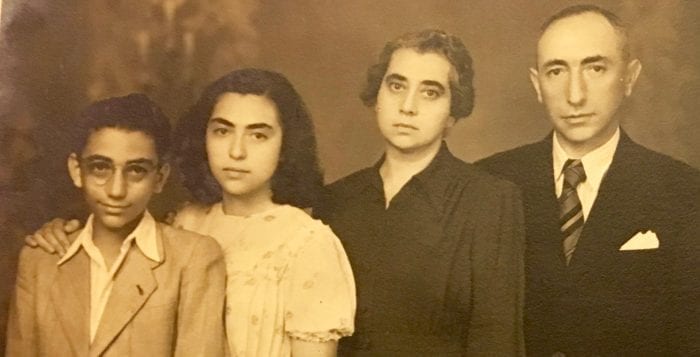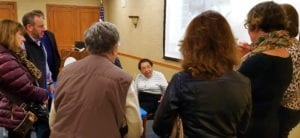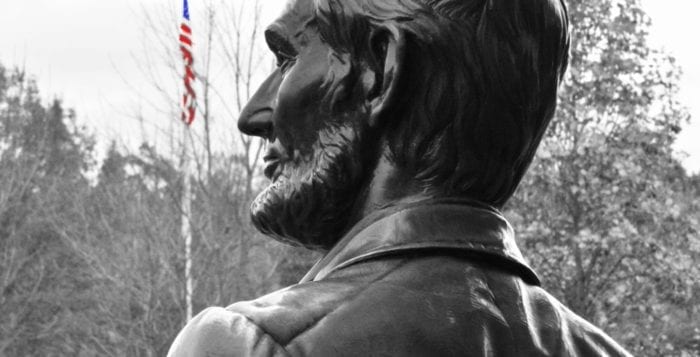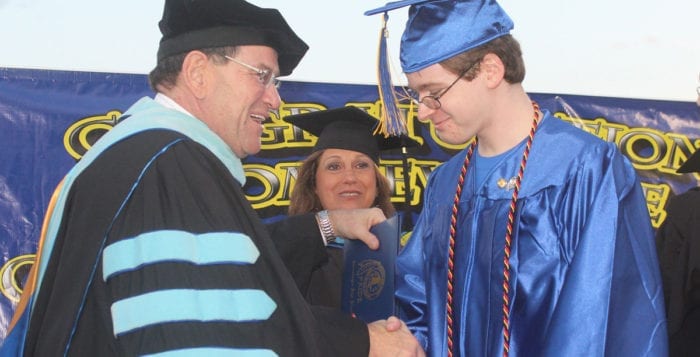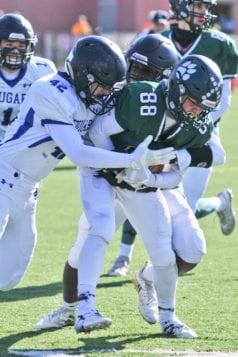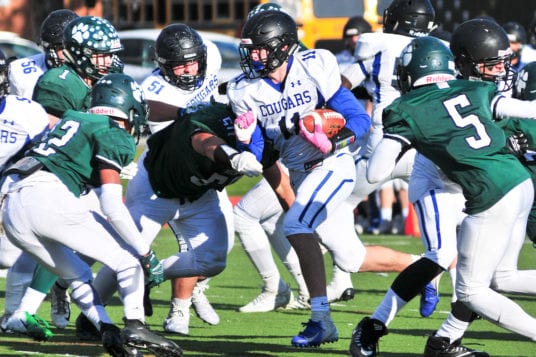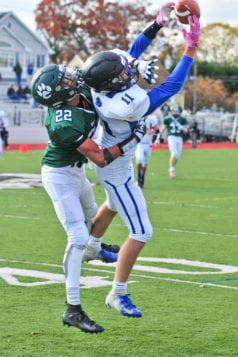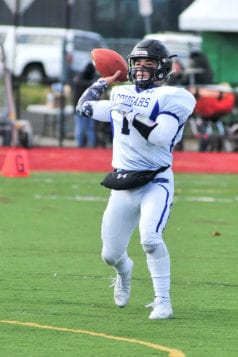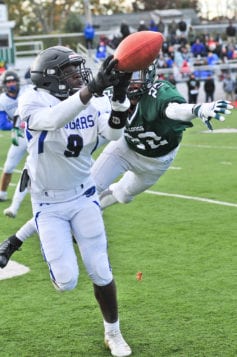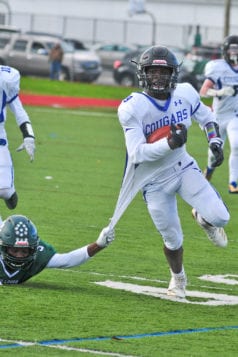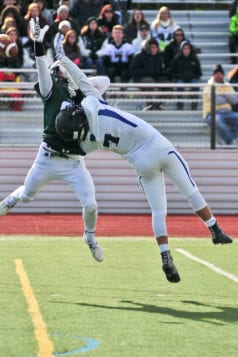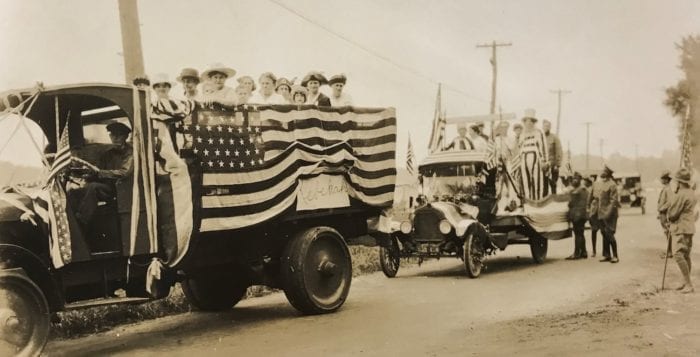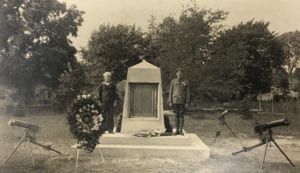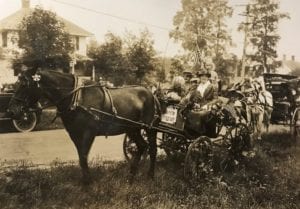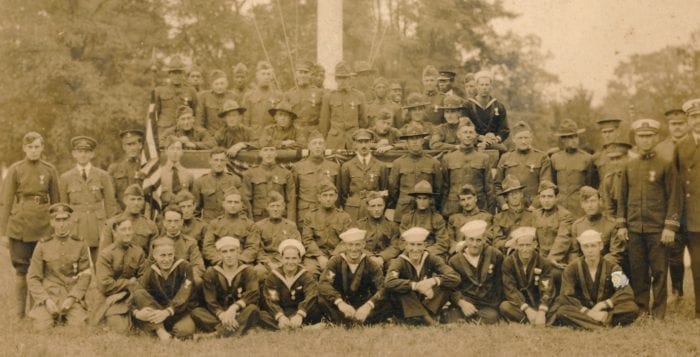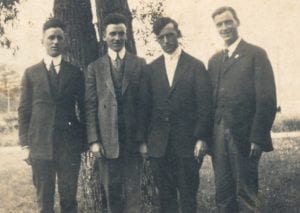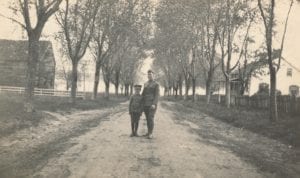By Tanya Lee
Living near Centereach Fire Department for the past 15 years, I have had my share of sirens and fire engines and ambulances driving past my house. There have also been many cold December nights with my kids waiting for the parade of fire trucks and Santa to make their way through the neighborhood with candy canes and cheer.
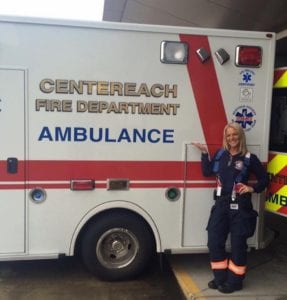
I always knew I could count on the volunteers to be there. I would think, “What a great bunch of people who are always going no matter what time of day it was.” I wondered why are they always rushing around for? Where are they going? Who are these people? Is this their full-time job?
Driving down my block one day, I noticed a huge sign in front of the fire department that read, “EMS and firefighters needed! Help your community. Inquire at the fire department.” I read the words and took that as a sign they were talking directly to me. This was the opportunity to get some answers about this organization. Being the curious and adventurous person that I am, I had no problem putting my blinker on and turning into the fire department parking lot.
I was like a kid in a candy shop as I walked into the beautiful red brick building with gleaming red fire trucks, ambulances and first responder vehicles. My heart was racing at the thought of meeting the people behind the sirens that went day and night. To this day, I don’t remember much of the process that happened inside; it’s all a corny, fuzzy memory now. But what I do remember is, as I left the building, I stopped in the middle of the parking lot, looked back over my shoulder at the impressive apparatus and thought, “Did I just sign up for the fire department? Am I going to be one of them? How am I going to make a difference here?” Sure enough, soon the call came from the chief letting me know my application was accepted. That’s where my journey began.
That first night I was given my gear, assigned to a company and given my training schedule. I was nervous, but to this day I have never regretted my decision to step up to the plate and help my community. The unsettled fear and nervousness turned into excitement and adrenaline the first time I stepped onto the ambulance and knew someone was in need of help. I finally had the answer as to who the people behind the sirens were — they were people like me. Ordinary people with families, young and old, single moms and dads, college students, business professionals. All ordinary people with one passion — volunteering their time to help their community.
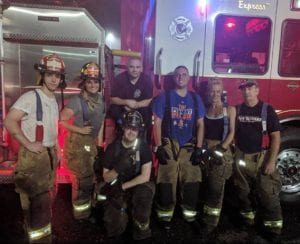
I have always had a passion for helping people, but never thought in my wildest dreams that I could do so through the fire department. I kick myself for not joining years ago. Don’t get me wrong — being a member is not a piece of cake. The training is intense, we don’t always get along — as with many families — and some nights you could question your decision. But for the most part, there is encouragement and support behind those red bricks, and I can’t even list the countless friendships I have created. If you’re really in tune, you will realize a sense of accomplishment and growth within yourself that you probably never knew you had.
It took me one week in the department to know I needed to up my game and my training. Having a full-time job and being a single parent, I started night school and within three months was certified as an emergency medical technician. Within the next year, I stepped up my game further and went firematic and learned the firefighting side of the department. I am a 50-year-old female, and I am proud to say I am a volunteer interior firefighter and EMT for the Centereach Fire Department. I’m also proud to say my son has followed in my footsteps and is also an EMT and firefighter in the department.
My training will never stop, and I look forward to every minute of it. I love what I do. If you ever thought you’d like to do it but had doubts or apprehension, inquire at your local fire department. You might find this is a perfect time to reinvent yourself.
Tanya Lee is director of sales and marketing for Holiday Inn Express Stony Brook, and volunteer firefighter and EMT for Centereach Fire Department. She is also a former resident of Smithtown and Hauppauge.

